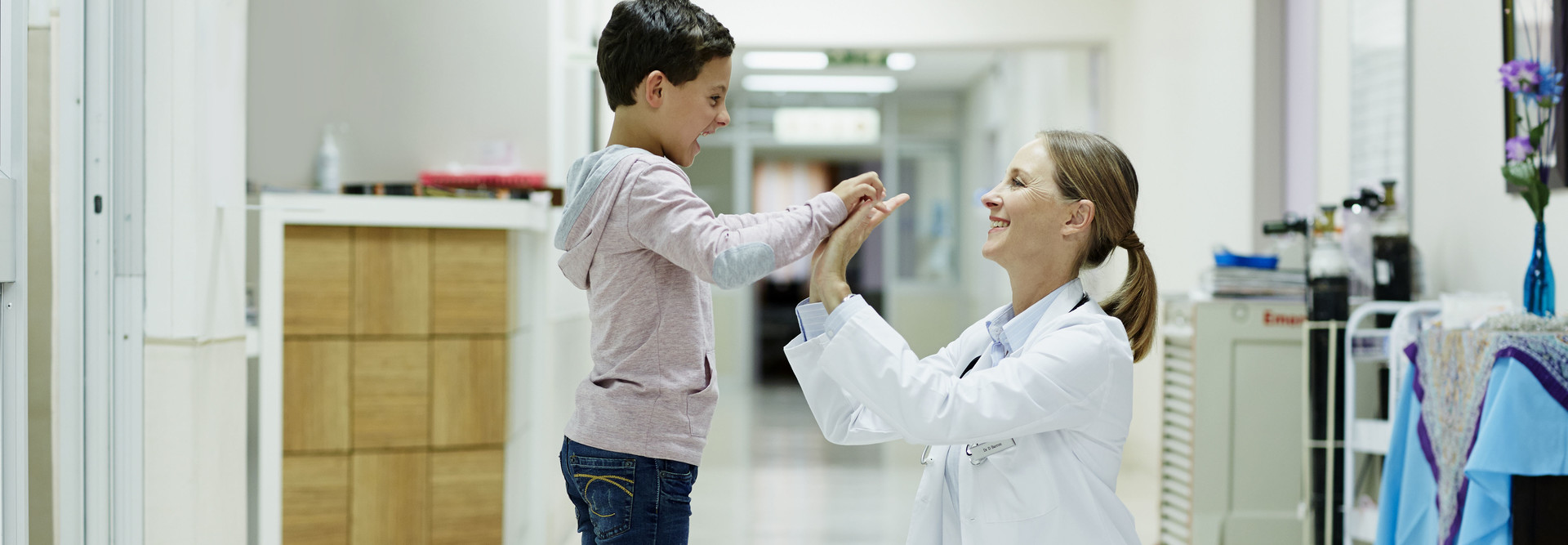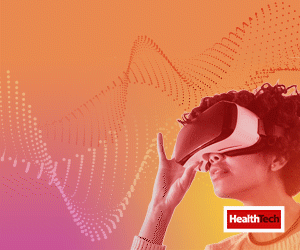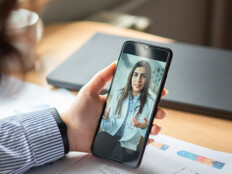In Danville, Pa., the Geisinger Janet Weis Children’s Hospital has placed tablets bedside so that patients, along with their family members, have immediate access to their medical chart. Instead of waiting for nurses to make their rounds, parents can log in to an app on the tablet that provides updated information on care schedules, procedures, test results and an expected discharge date.
Bedside tablets also are being used to help families become advocates for care. At University of Wisconsin’s American Family Children’s Hospital, parents can use the devices to track details, such as their child’s bloodwork, to know whether or not they will be treated on a particular day based on their blood cell count. With access to key information, parents are empowered to ask doctors more informed questions regarding their child’s treatment.
READ MORE: Find out why IoT devices are a worthy investment for hospitals.
Wearables Make Medical Care Fun for Children
Wearables are another area of mobile technology with great potential.
Consider Isabella Hana, who at age 5 was diagnosed with Moyamoya disease, a genetic disorder that restricts blood flow to the brain. After experiencing an early stroke, she was admitted to Children’s Hospital Los Angeles, where she enrolled in a clinical trial to test an electromyographic device at home.
The device is currently used by Isabella and other children like her to help rehabilitate the use of their right arm after a stroke. By monitoring electrical currents generated by muscle movement, the wearable can pick up on faint muscle activity that might not result in physical movement but can generate a vibration from the device itself.
This makes rehabilitation exercises more interesting for children by encouraging the wearer to focus less on the motion of their arm or hand and more simply on making the device buzz. It’s also Wi-Fi enabled in order to collect and store data in the cloud for later analysis.
While enhancing rehabilitation is the device’s main function, the most important and lasting implication to the pediatric experience is that “it’s fun,” Jacklyn Hana, mother of Isabella, shares in a CHLA blog. “And for kids, it’s all about fun. My daughter actually asks me to put it on her.”
By boosting care and comfort, all of these approaches make mobile devices a worthy investment.
This article is part of HealthTech’s MonITor blog series. Please join the discussion on Twitter by using #WellnessIT.












